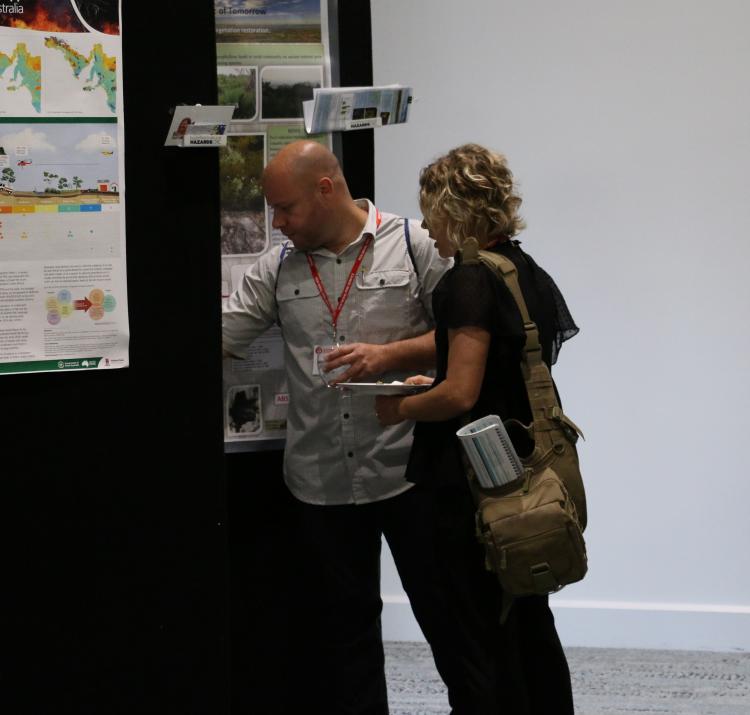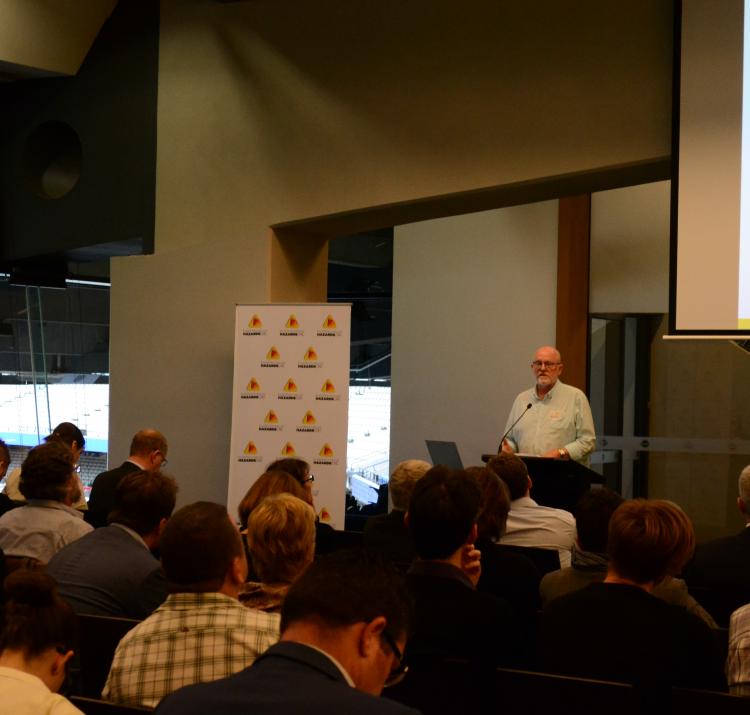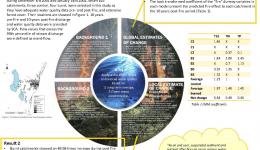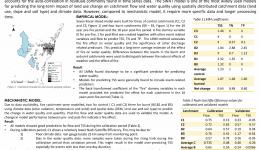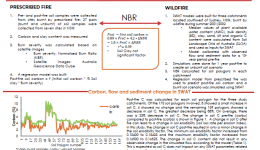Student researcher
Fire can have a dramatic effect on the quantity and quality of water flowing from a catchment and an understanding of this effect is important for management of a catchment’s water resources. The effect can be mixed with some studies finding larger effects than others, for example Heath et al. (2014) found no obvious hydrological response in forested catchments after bushfire events. On the other hand Lane et al. (2010) found a significant change in water quantity after wildfires in Victoria. Key drivers of variation in catchment response to fires are fire severity and vegetation type. Many of the current studies look at historical data and use empirical methods to detect change in water quality and quantity. One issue with these studies is that they retrospectively estimate change so can only be used for improved management if the results are generalisable to other catchments but this is unlikely as between-catchment variation is large. A key limitation of empirical approaches is the models do not capture the physical processes that drive the catchment hydrology and therefore are not useful for predicting the impacts of fire beyond the observed data. Therefore an empirical model is generally not useful for estimating the future effects of fire on catchment hydrology nor do these models allow scenario modelling, such as studying the effects of climate change. Ideally, a model that captures the physical processes in a catchment would be most beneficial in studying the fire effects on catchment hydrology. For example, the model could be used to identify the catchment areas that have the largest effects on water yield and quality. This knowledge could lead to more precise controlled burning of areas. Distributed hydrological models are an example of models that can reproduce spatial and temporal catchment dynamics, and are largely based on physical catchment processes.
Currently, there is a dearth of studies that use distributed hydrological models to model the effect of fire on water quality in Australia. One of the few examples in the literature is Feikema et al. (2011) who used E2 catchment modelling framework to model the effect of fire on total suspended solid, total phosphorus and total nitrogen in south-east Australia. They created a burnt land class and modified the parameters based on experimental data and ran their model with 20 years pre-fire stream flow data. Flaws in this study were the no modelling of vegetation recovery and this model had no consideration of the effect of fire on soil properties and effect this has on the hydrological response.
One of the most intuitive changes caused by wildfire is the loss of above and below ground organic matter (Certini, 2005), this can significantly affect the nutrient pools and their storage in soil, which has a follow-on effect on water quality. Additionally, soil organic carbon (SOC) influence the aggregation of primary soil particles, thus, affects soil properties such as structure, porosity, infiltration and water storage (Powers et al., 1990). Anderson (1991) observed that catchments with greater SOC may be less susceptible to fire-related nutrients loss. The recovery of SOC starts with the above ground revegetation processes (Certini, 2005). To have a truly predictive model to predict future scenarios of fire frequency and recovery, it is essential to include the belowground system (Schoen, 1997) together with the revegetation process of the catchment.
SWAT model is a mechanistic model widely used to predict streamflow, water quality, land use change, sediment transport and other water related variables. It is chosen here is because: 1) The high flexibility of the parameter setting of this model allowed the use of GIS based MODIS evapotranspiration data and other parameter change. 2) It can be used to simulate missing data and the effect of climate change. 3) It can be used to predict the long term change of a catchment.
However, the SWAT model assumes some parameters affected by bushfire are stationary in time. Therefore, the model fails to represent the soil organic carbon (SOC) stock change as a result of bushfire or the SOC recovery after fire. The change in SOC is going to significantly affect other parameters in SWAT which control water, sediment and nutrient fluxes such as soil bulk density, water-holding capacity, soil adsorption coefficient, soil erodibility and the ability of other nutrients to bind to the soil. To more accurately present the changes in soil carbon due to bushfire and its recovery there is a need for an improved soil carbon model within the SWAT model. Two candidate models are the Century Soil Organic Matter Model (Parton et al. 1987) incorporated in SWAT and the RothC model which can be run based on readily available geospatial inputs as shown by Karunaratne et al. (2015).
Therefore, in this project we aim to
a) Run SWAT-RothC/Century to predict the effects of fire on soil carbon fluxes, water quantity, and water quality for major drinking water supply areas in Sydney and the ACT.
b) Use the calibrated SWAT-RothC/Century model to better understand (disentangle) the effects of climate and fire on soil and fire on vegetation, in terms of post-fire changes in discharge and water quality.
Approach
Three main parts are included in this project:
- Model development
- Run SWAT with MODIS ET to get spatial estimates of post fire catchment recovery
- Run SWAT- RothC/Century with Dr. Tina Bell’s pre/post fire carbon data to get estimates of fire effect on soil carbon and links to catchment hydrology.
- Case studies
- Sydney drinking water supply area.
- ACT drinking water supply area.
- Scenarios
- Identify catchment areas which will most affect water quality if burnt.
- Identify how climate change may affect catchment fire/water dynamics.
- Identify the effect of land use change on catchment fire/water dynamics.
| Year | Type | Citation |
|---|---|---|
| 2018 | Thesis | Approaches for investigating wildfire impacts on catchment hydrology. School of Life and Environmental Sciences Doctor of Philosophy, (2018). |


